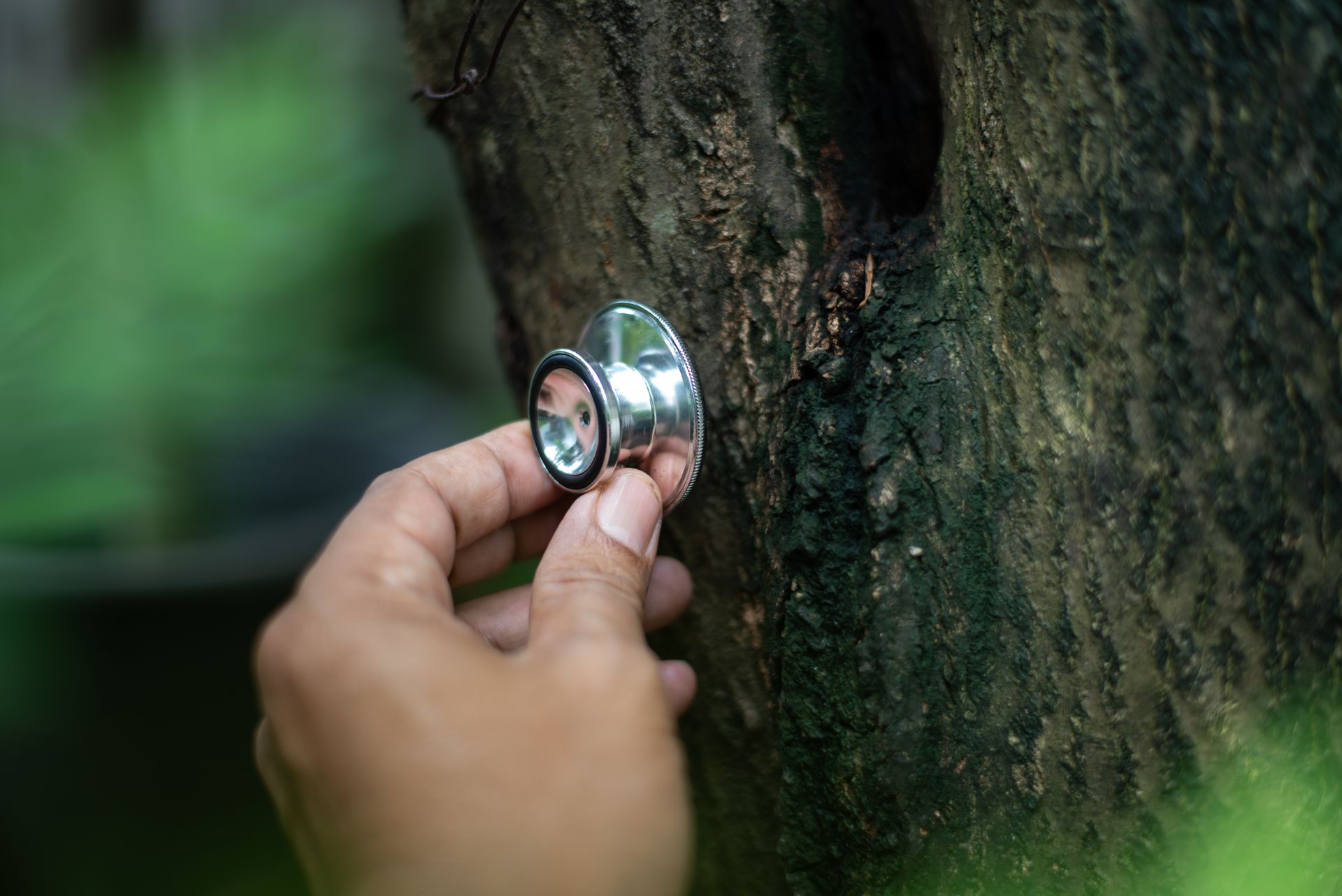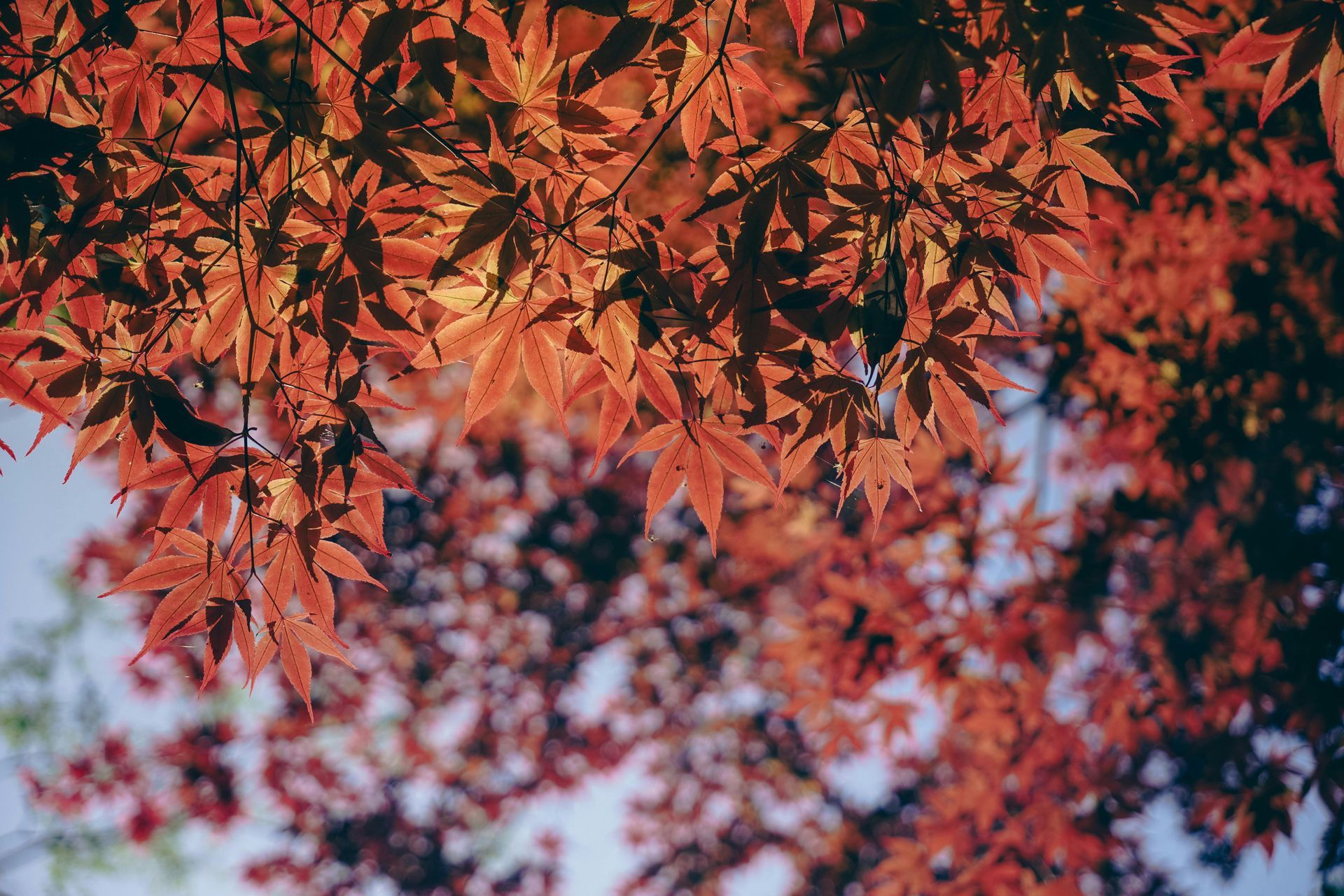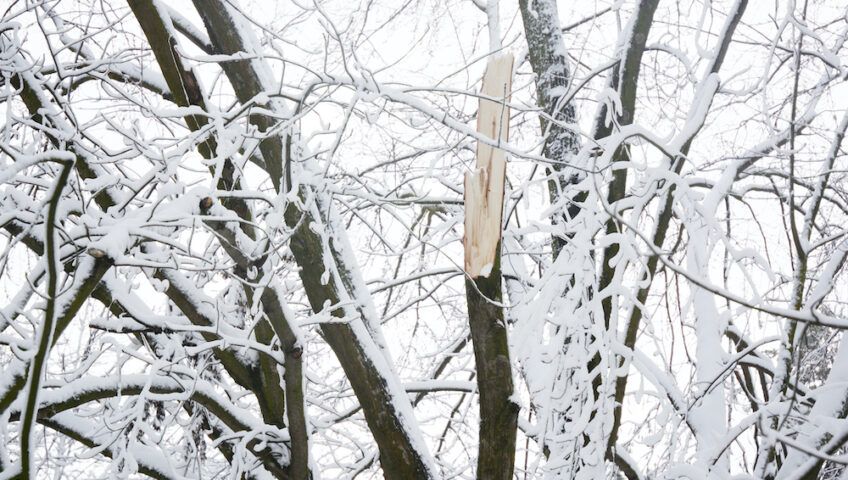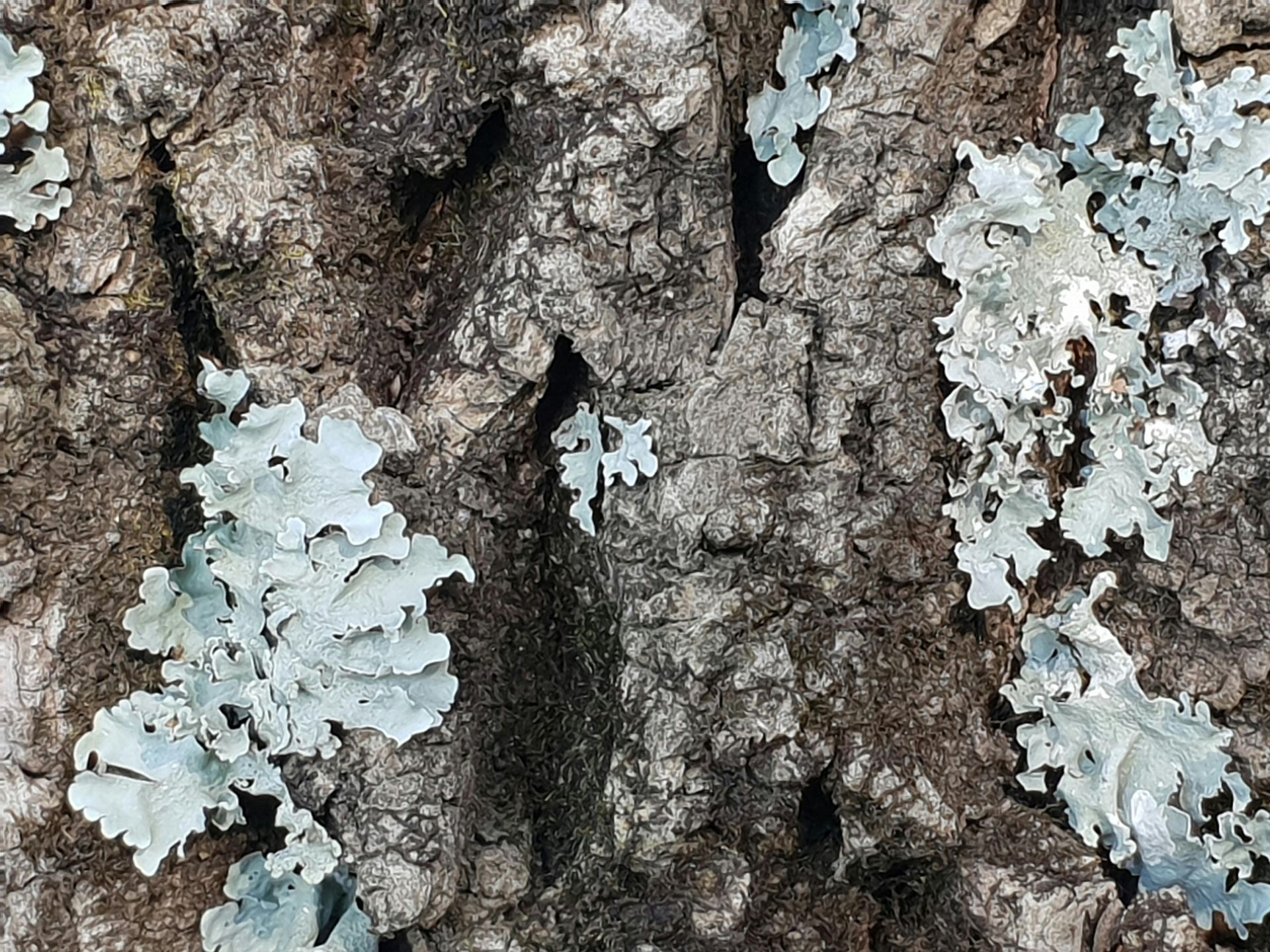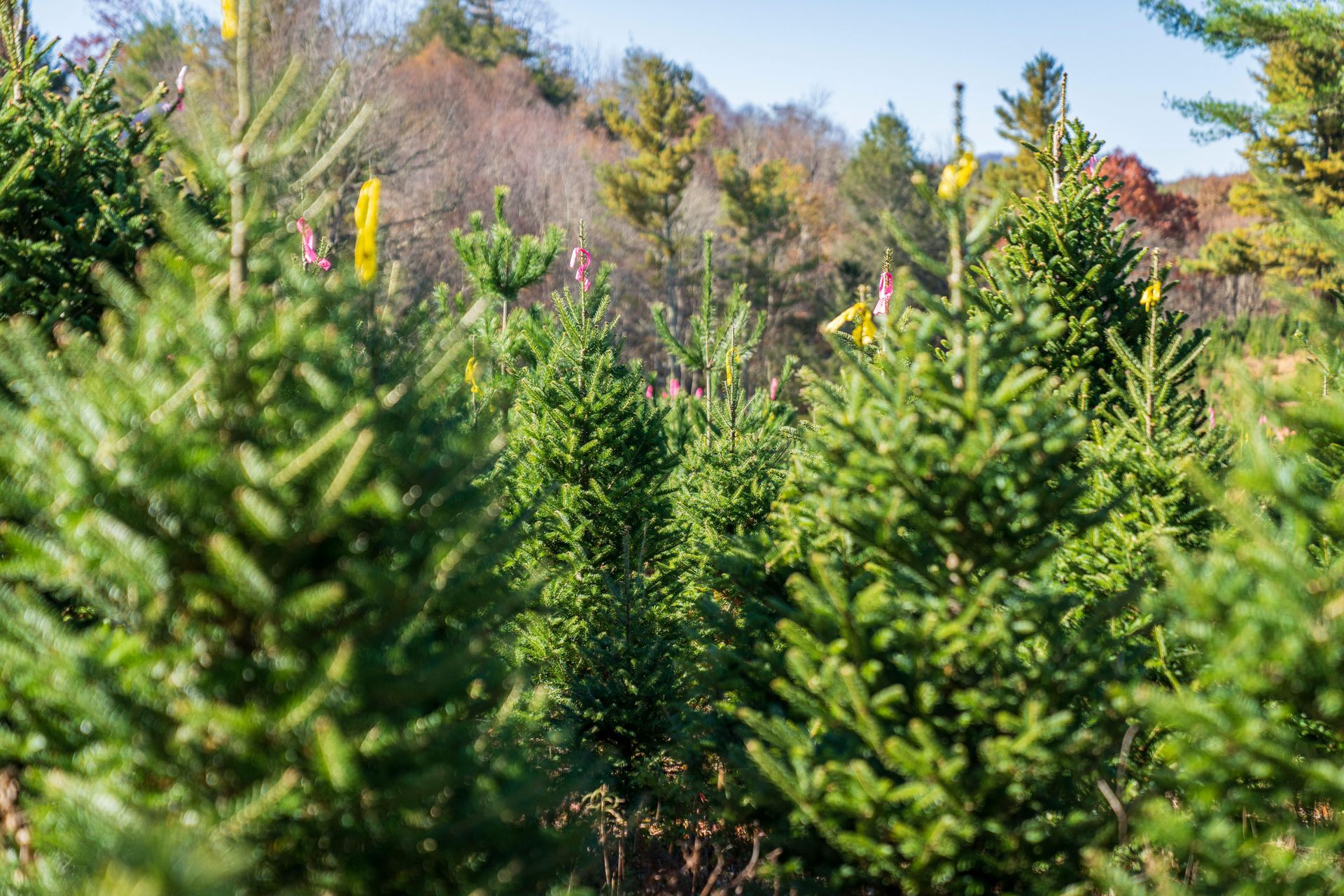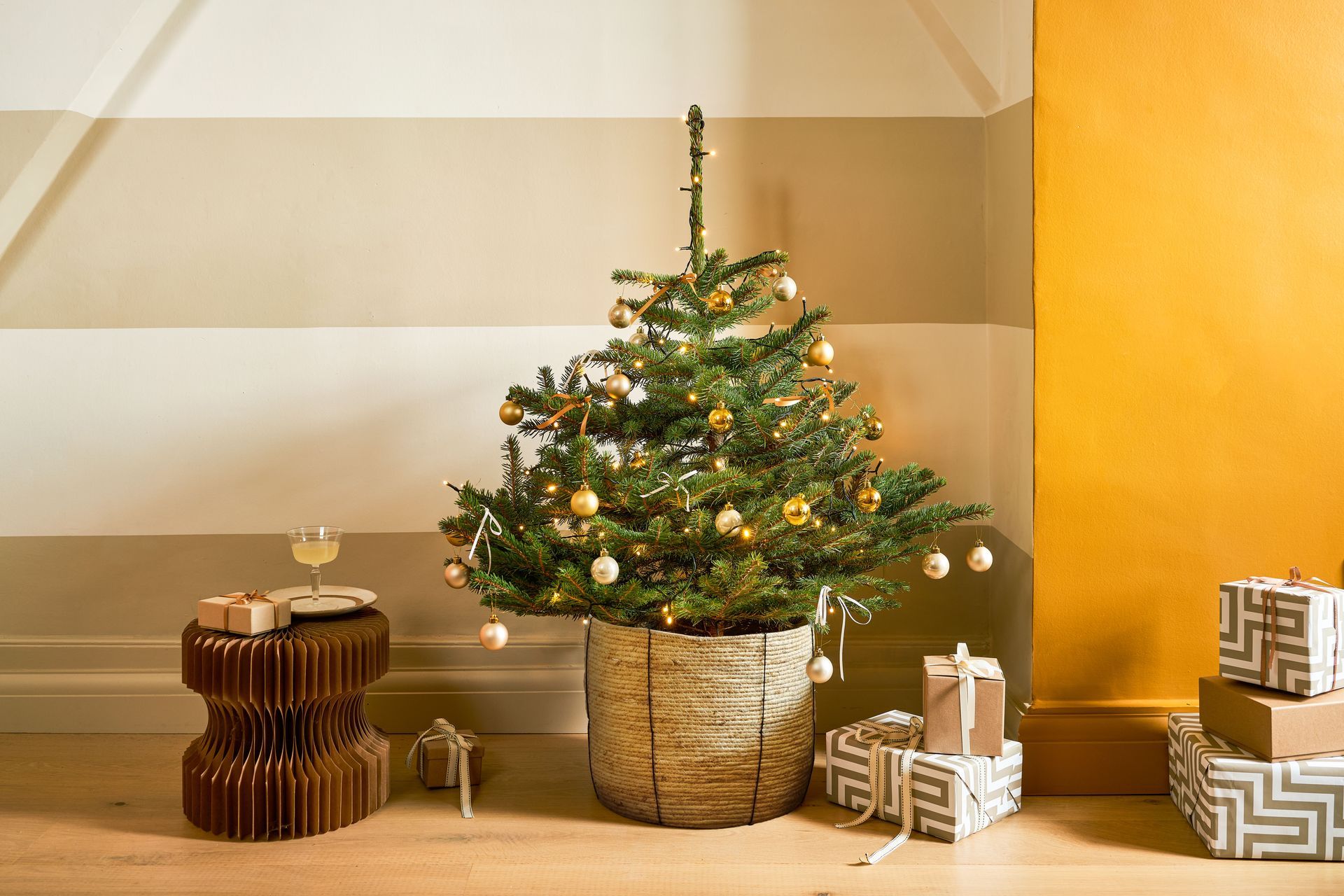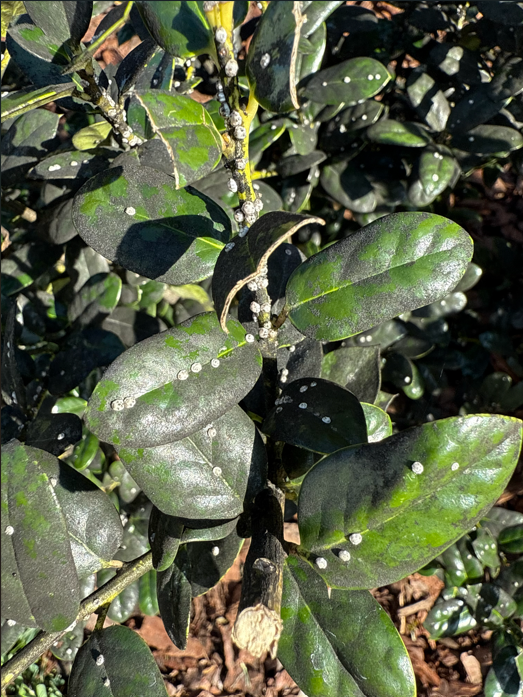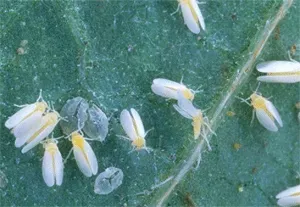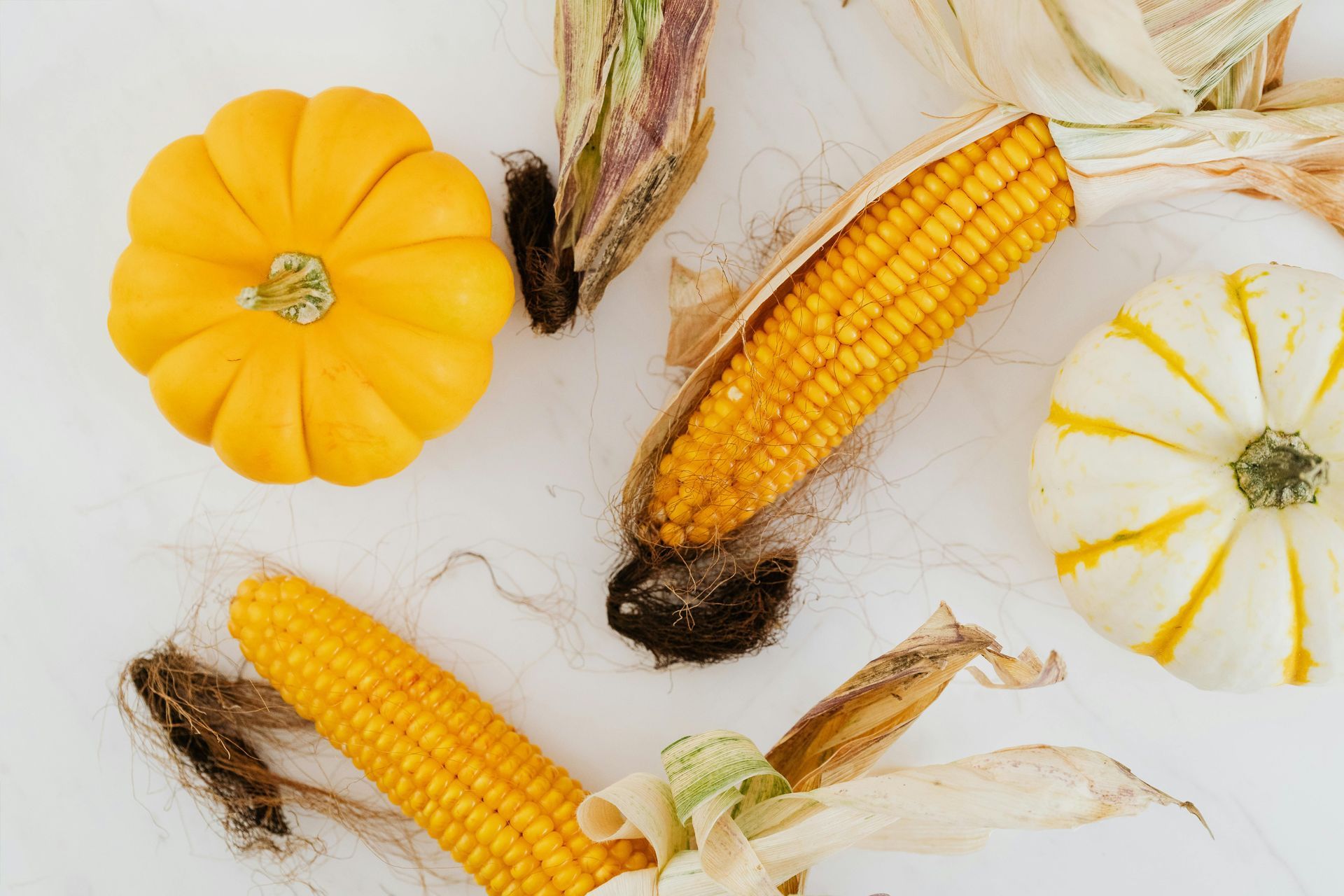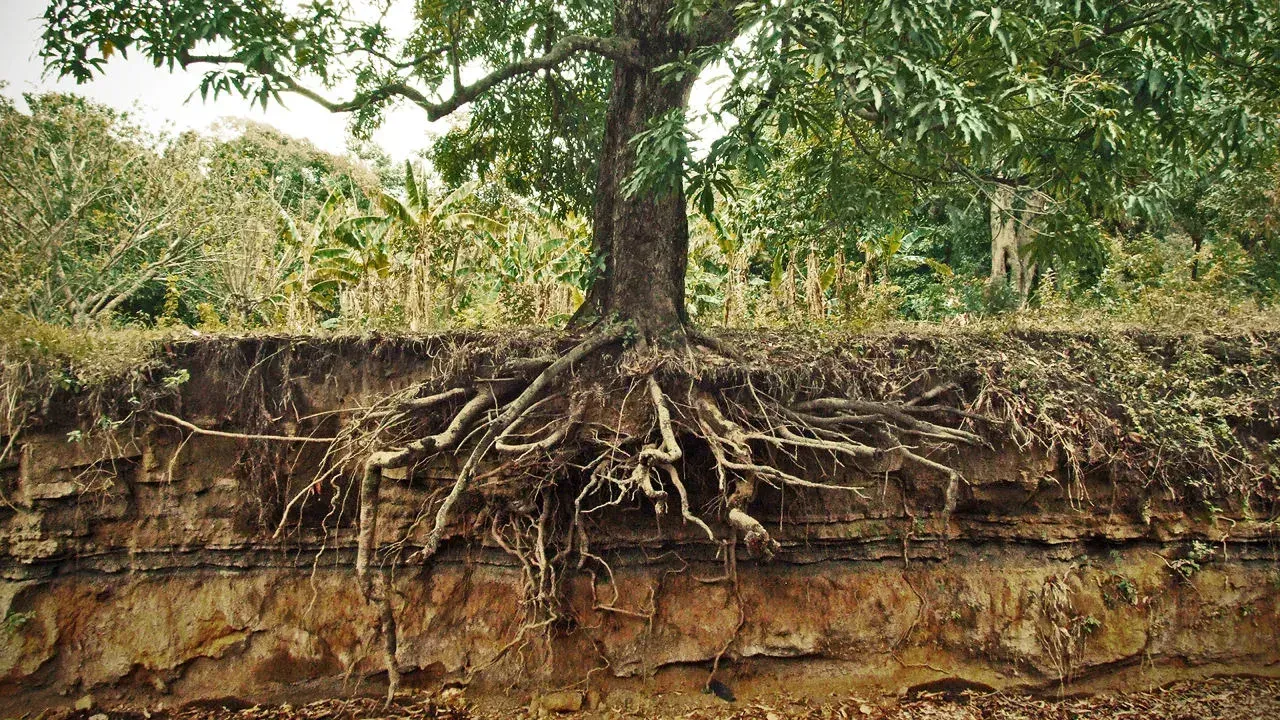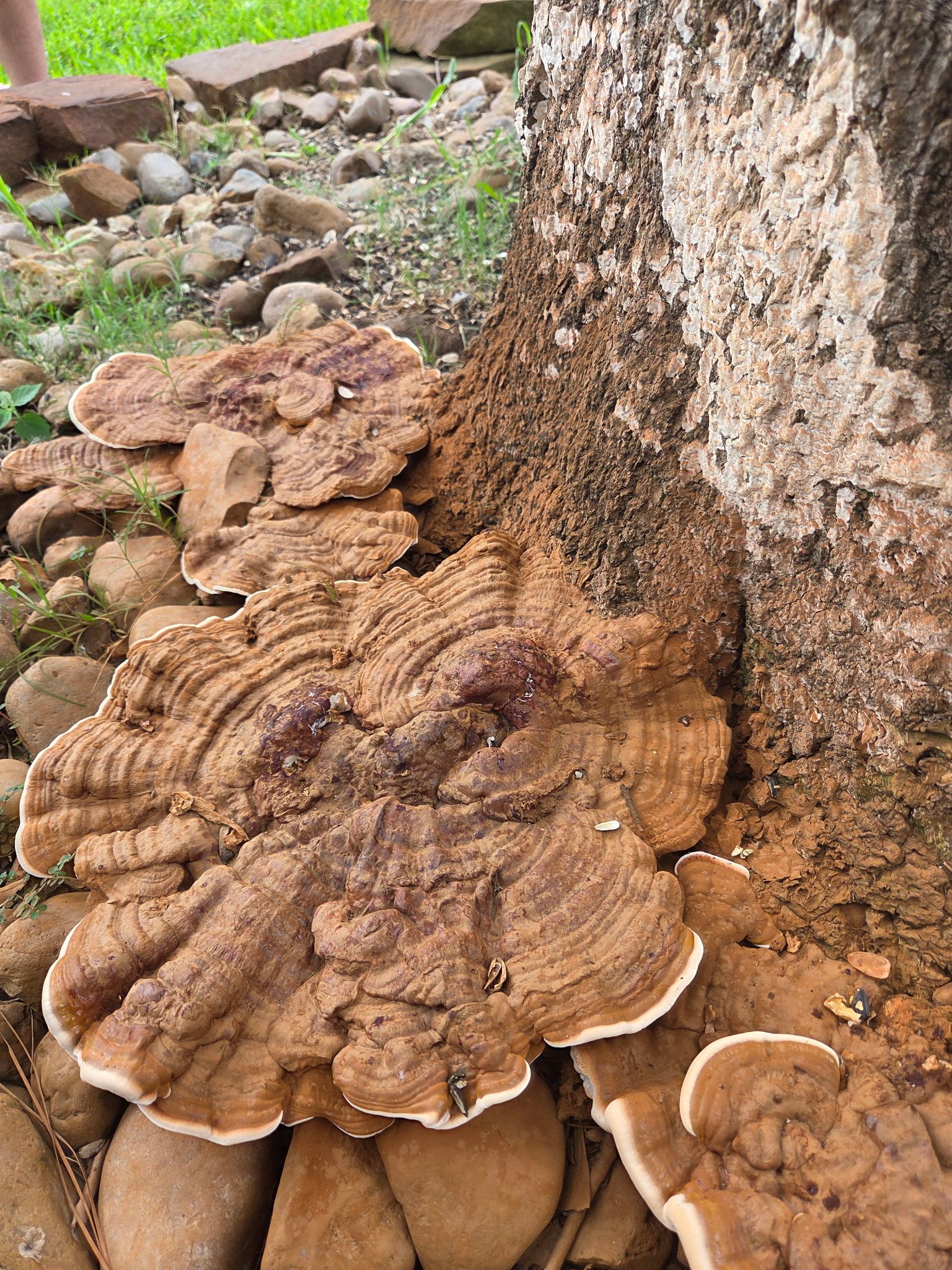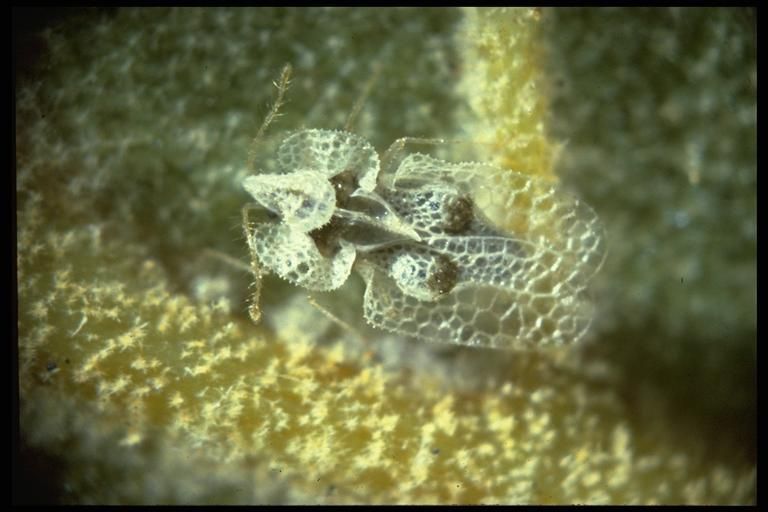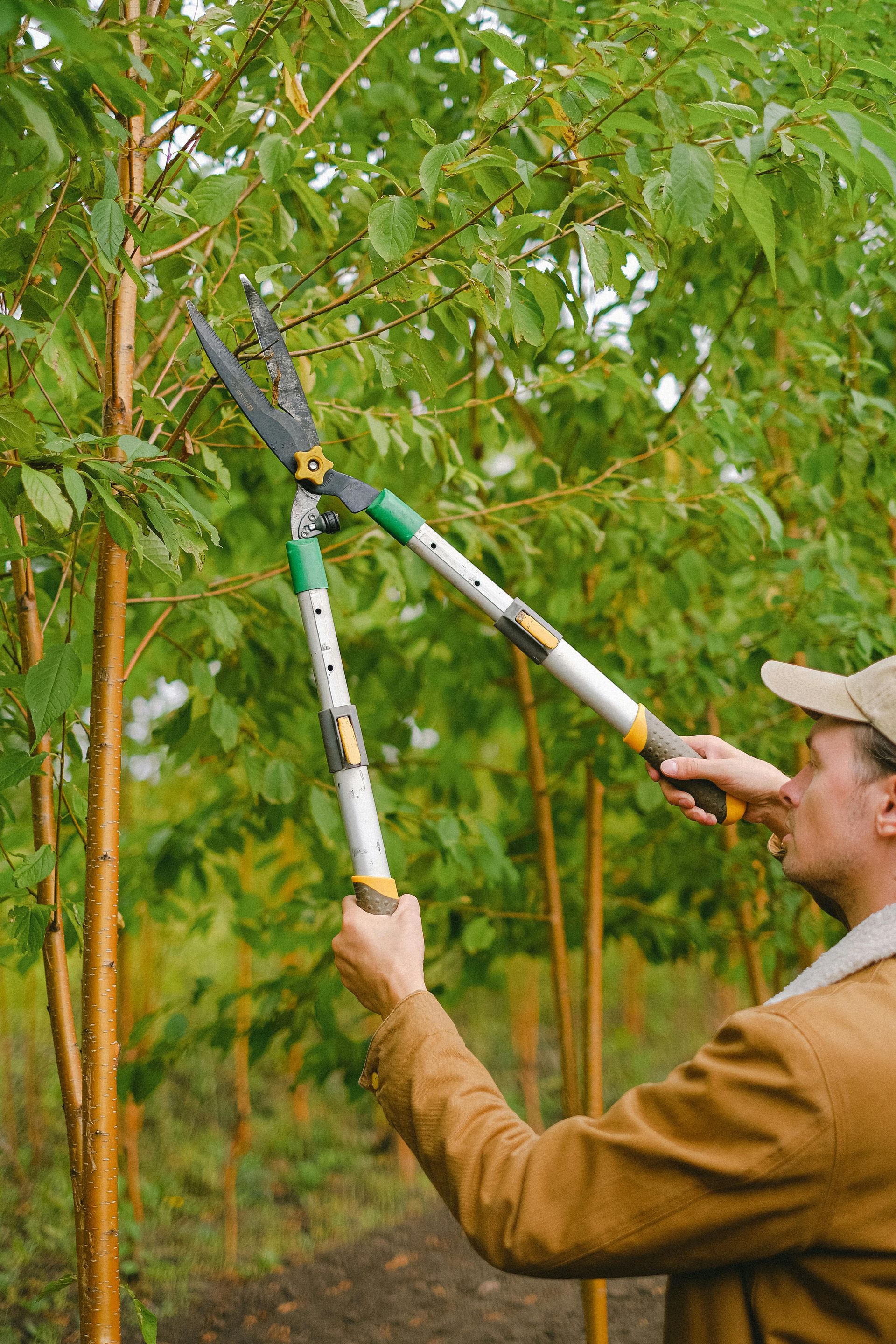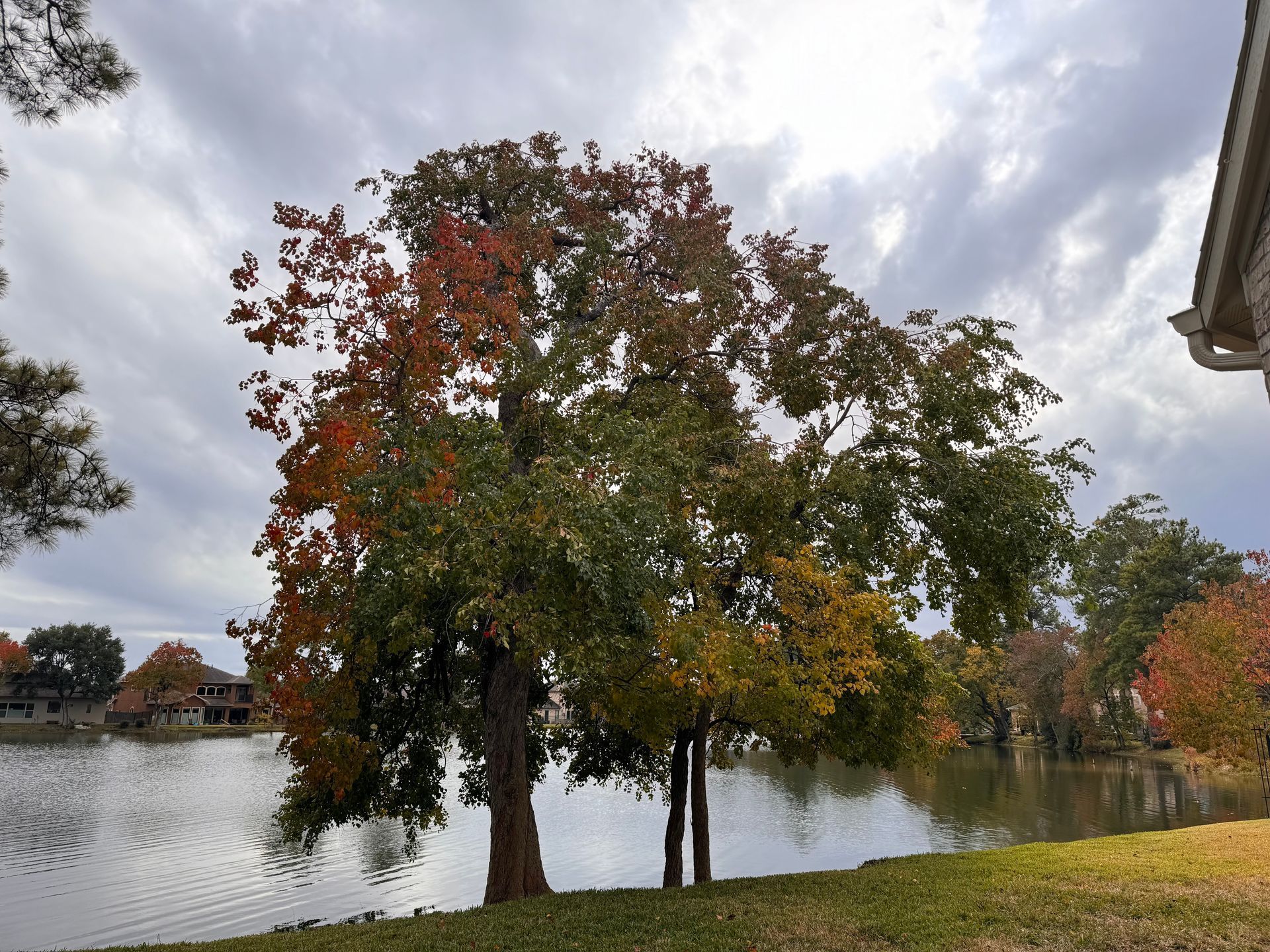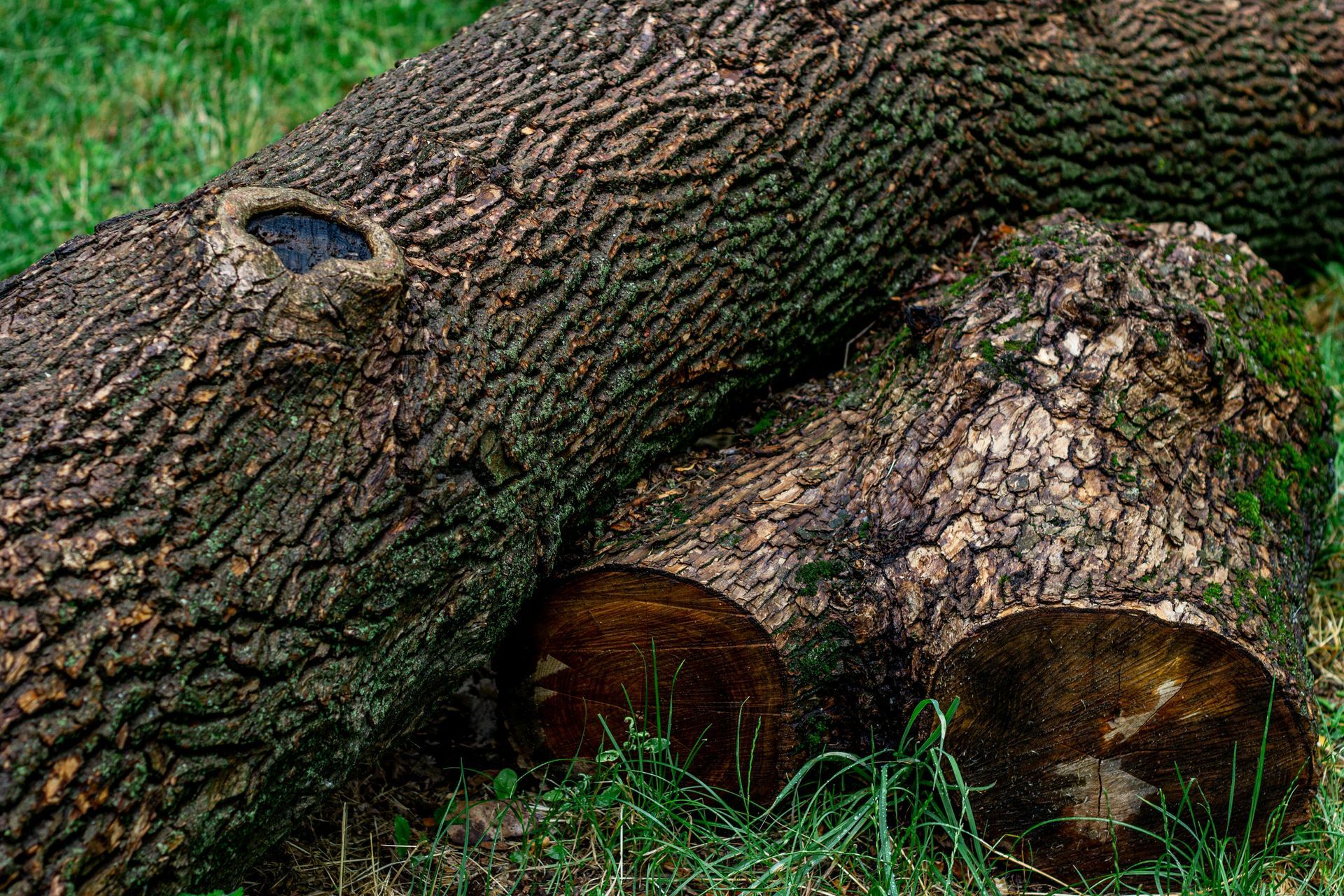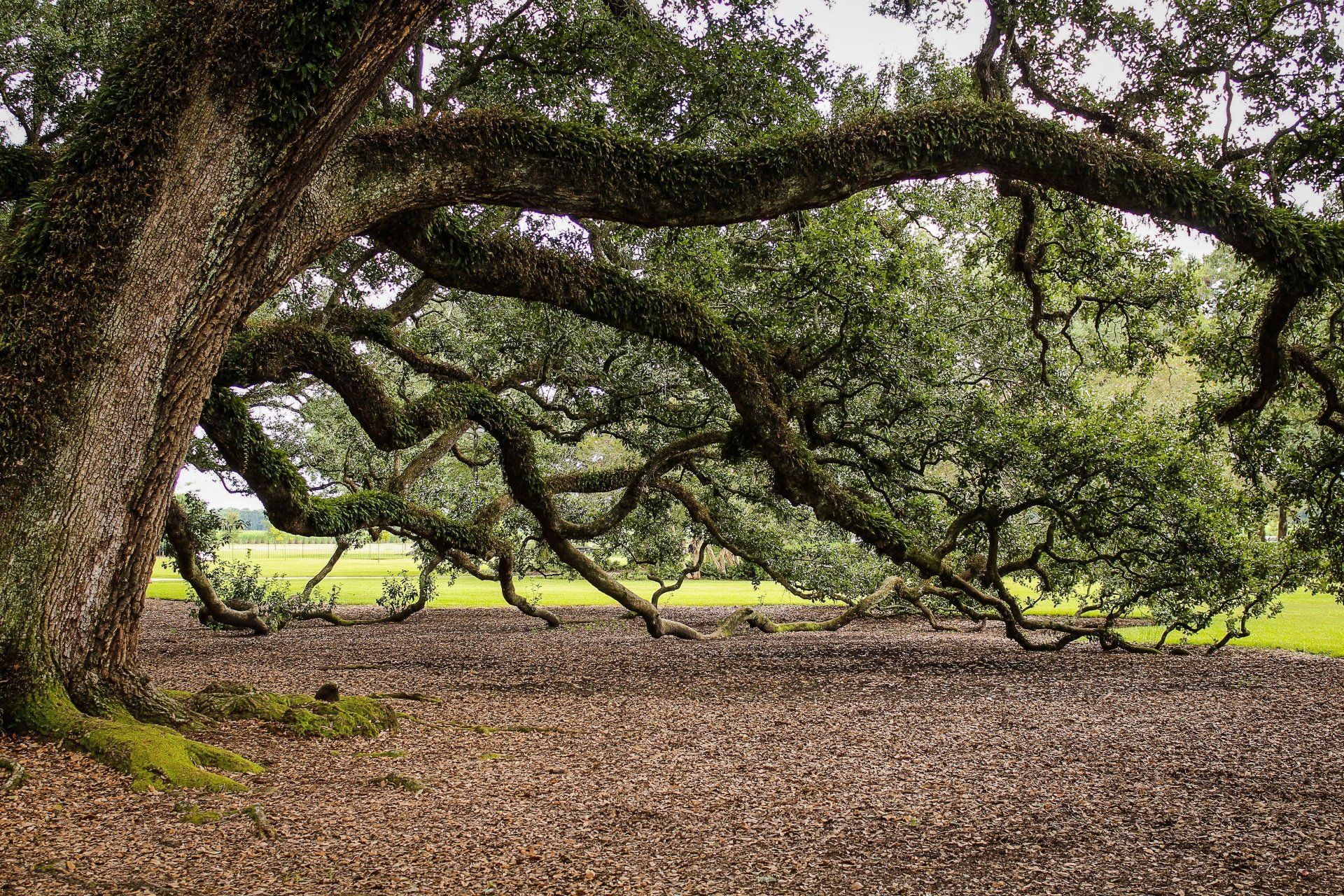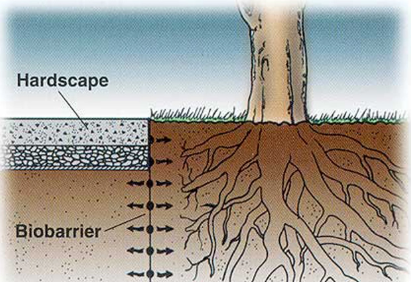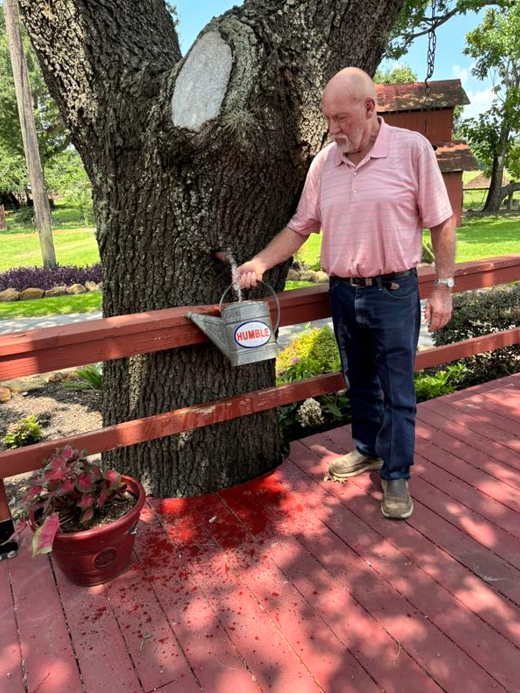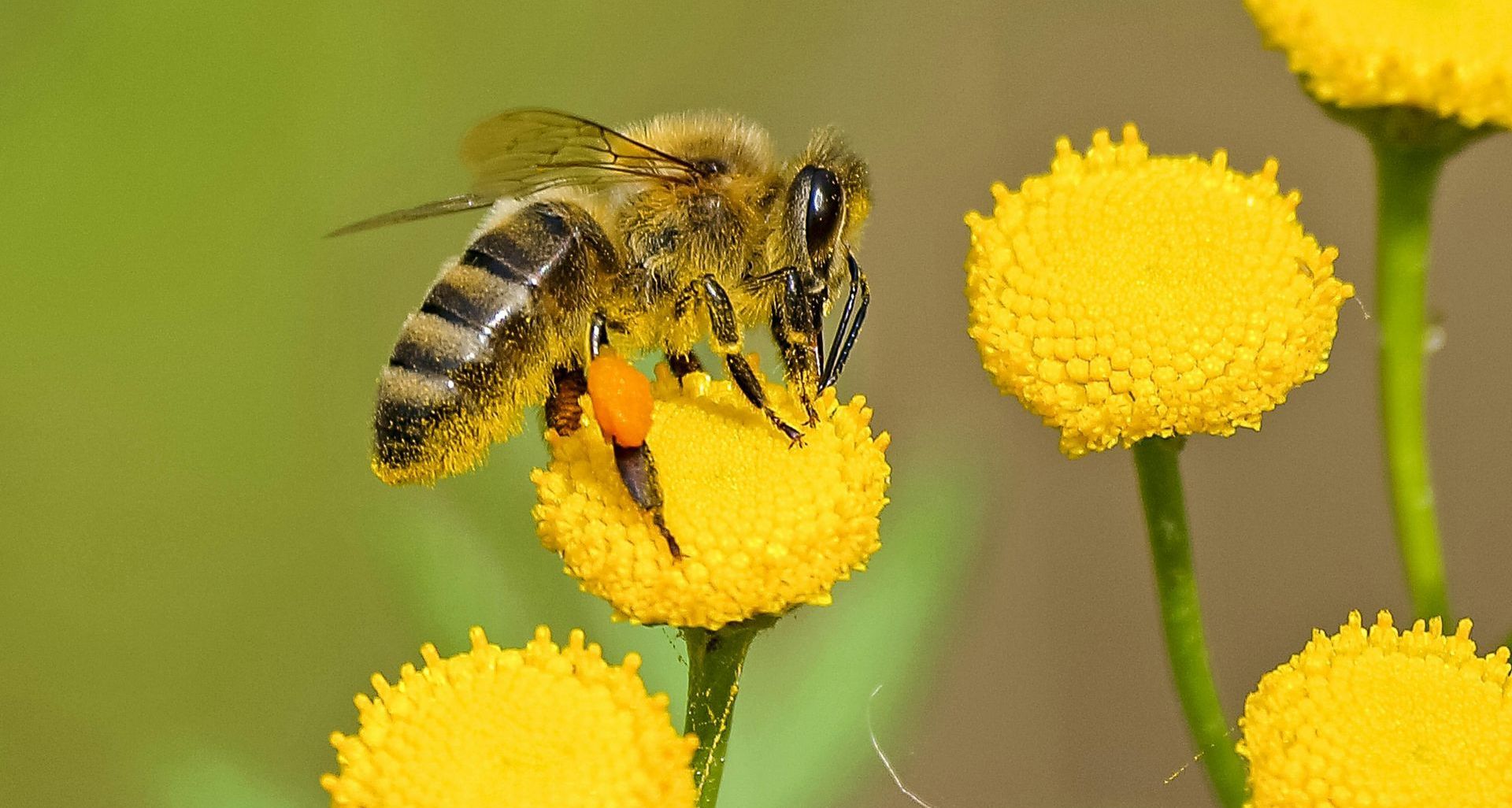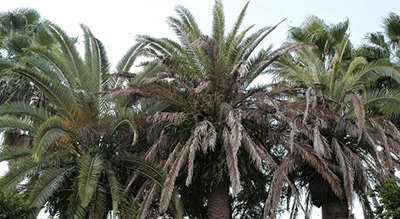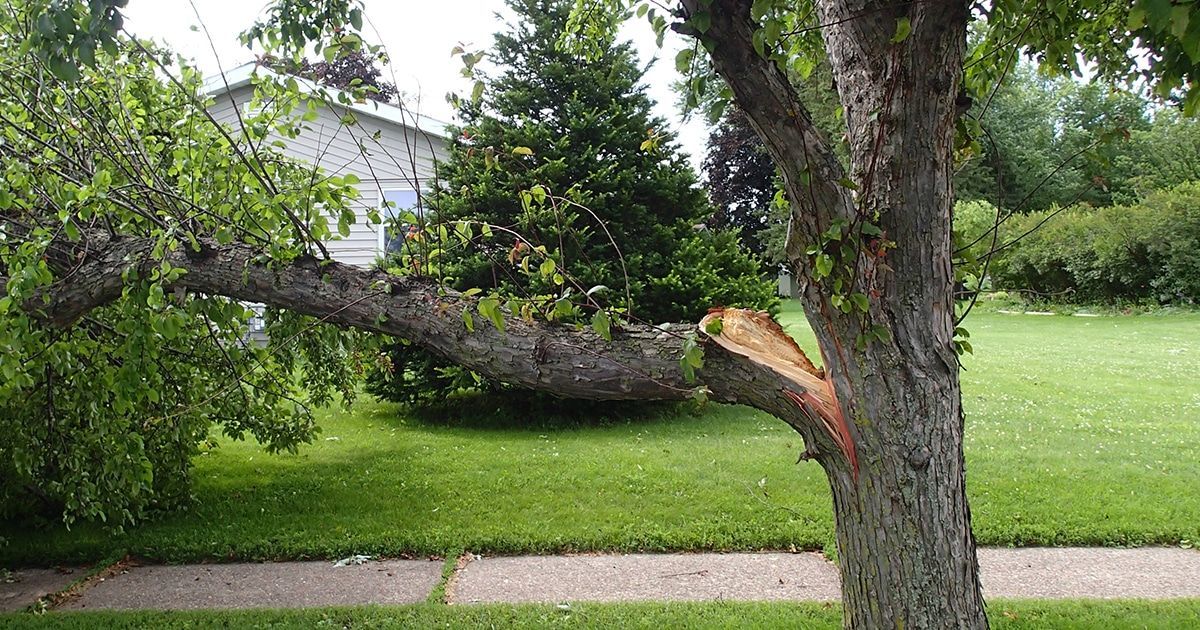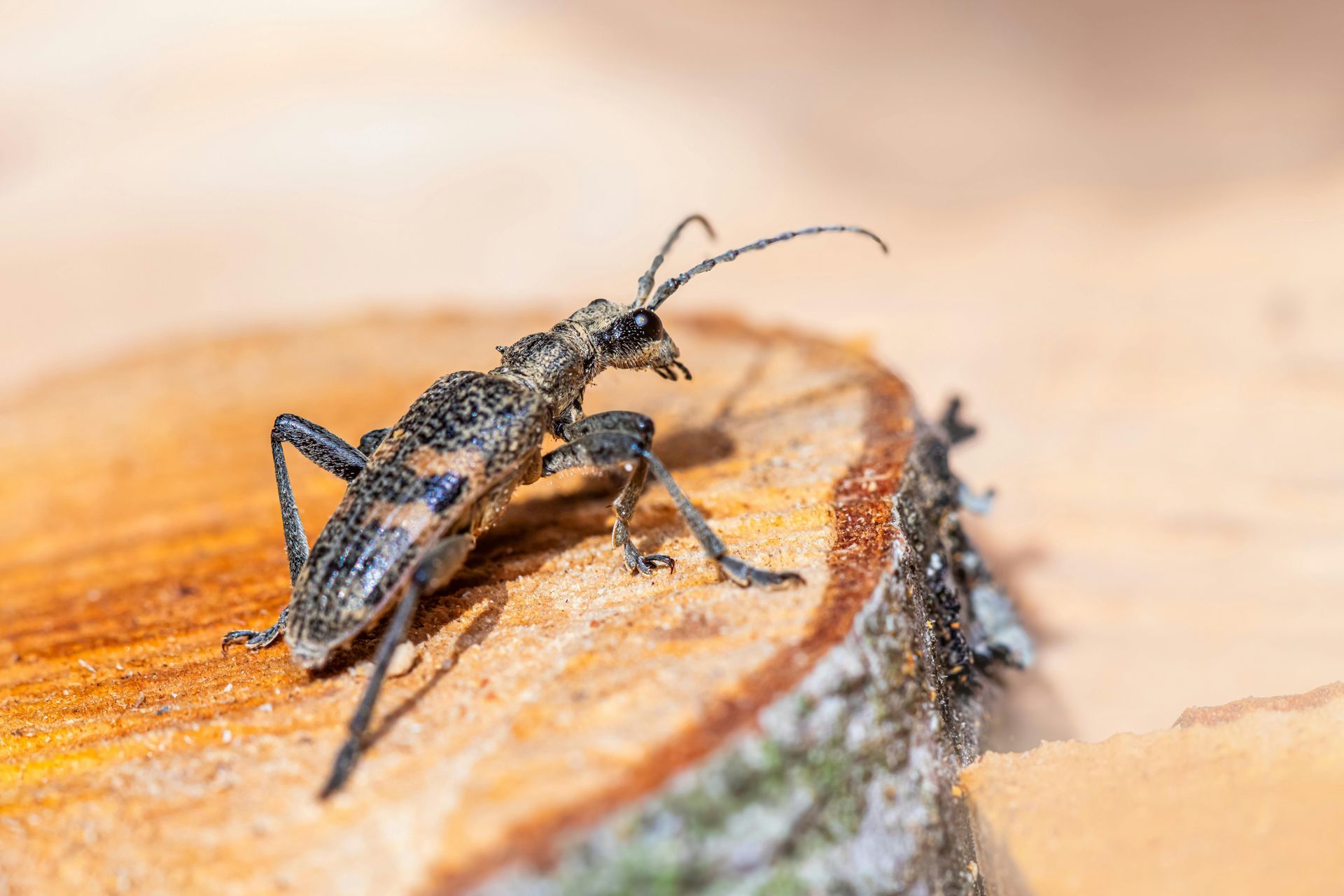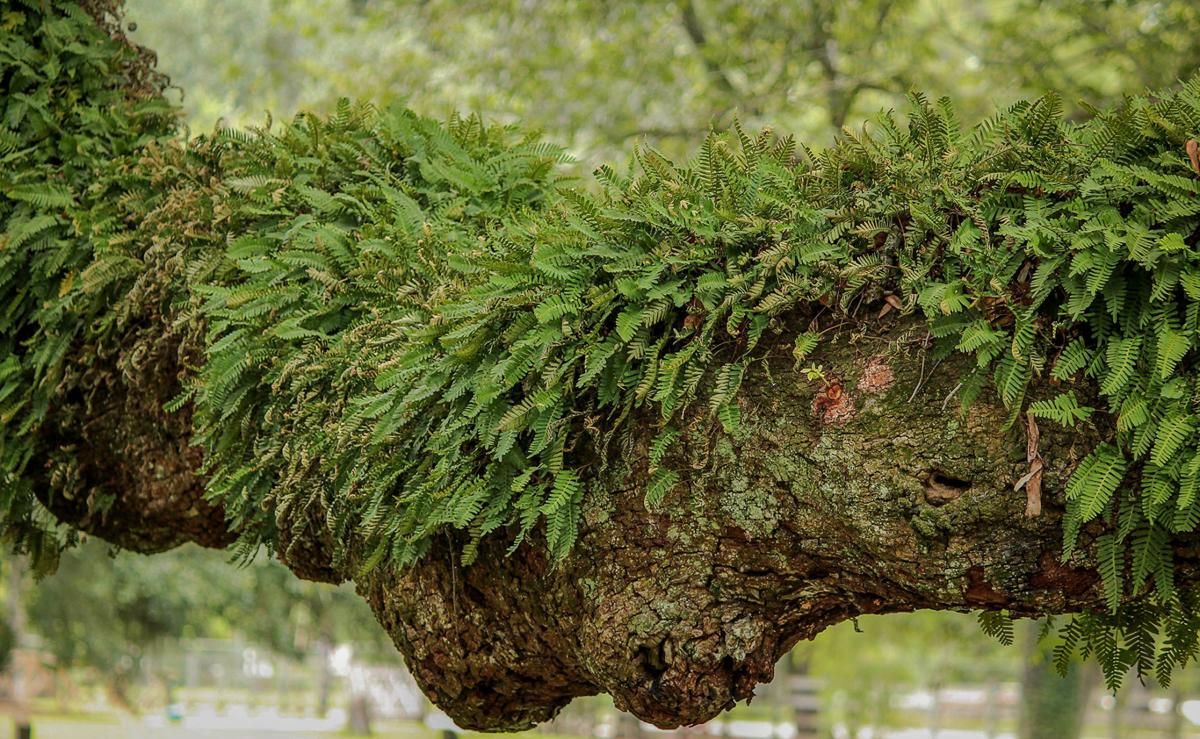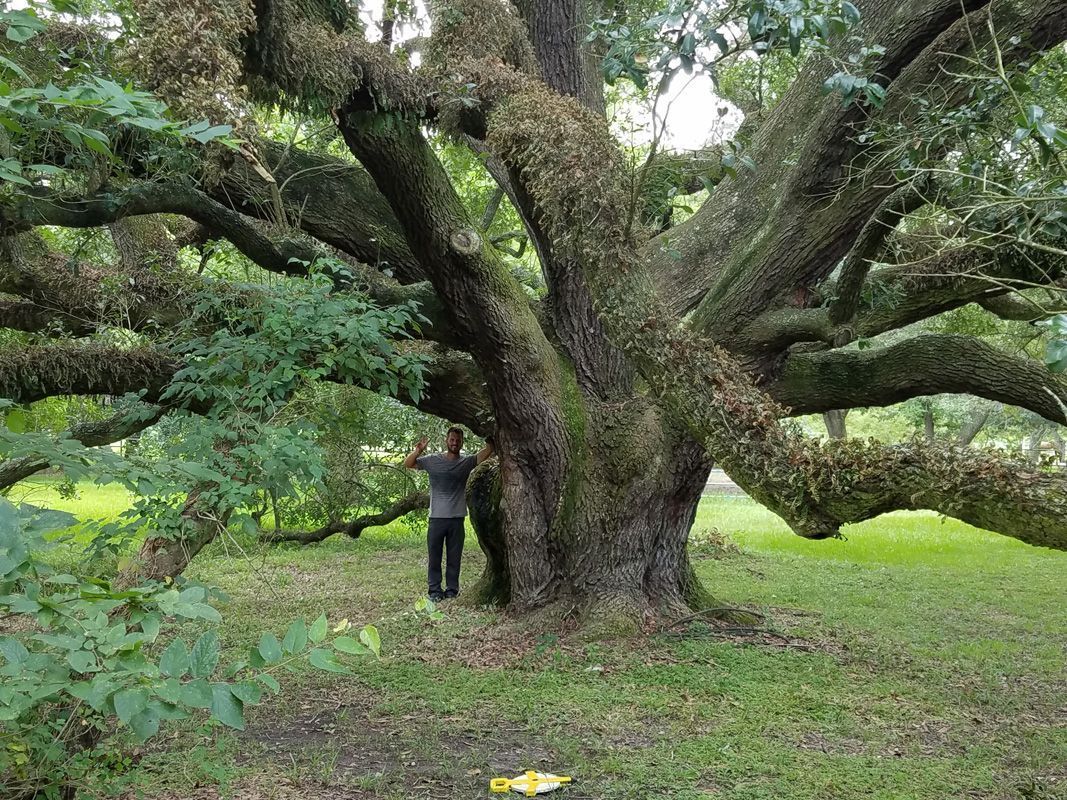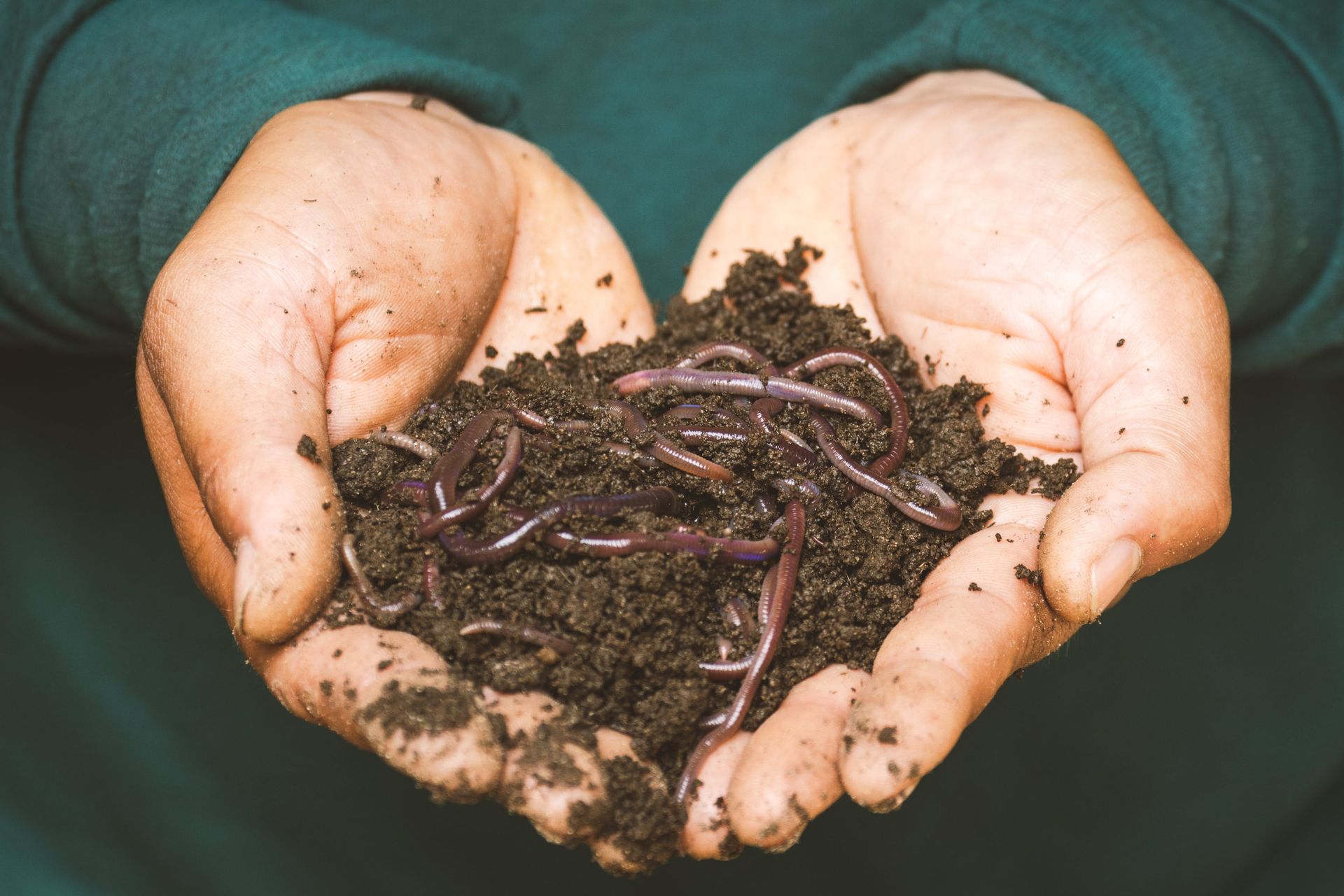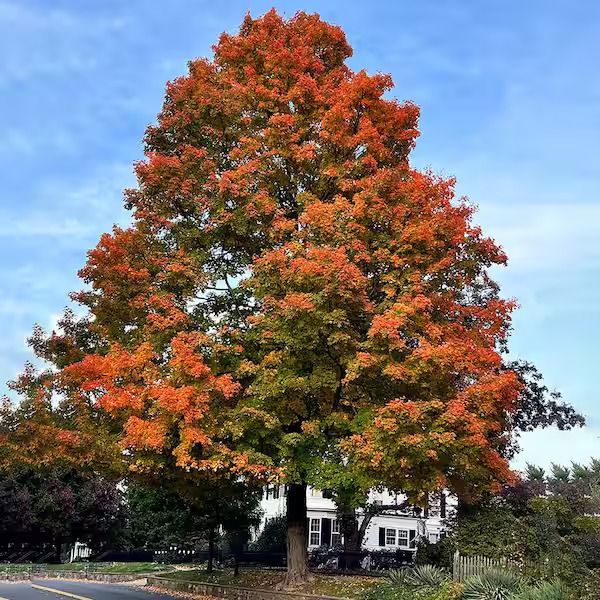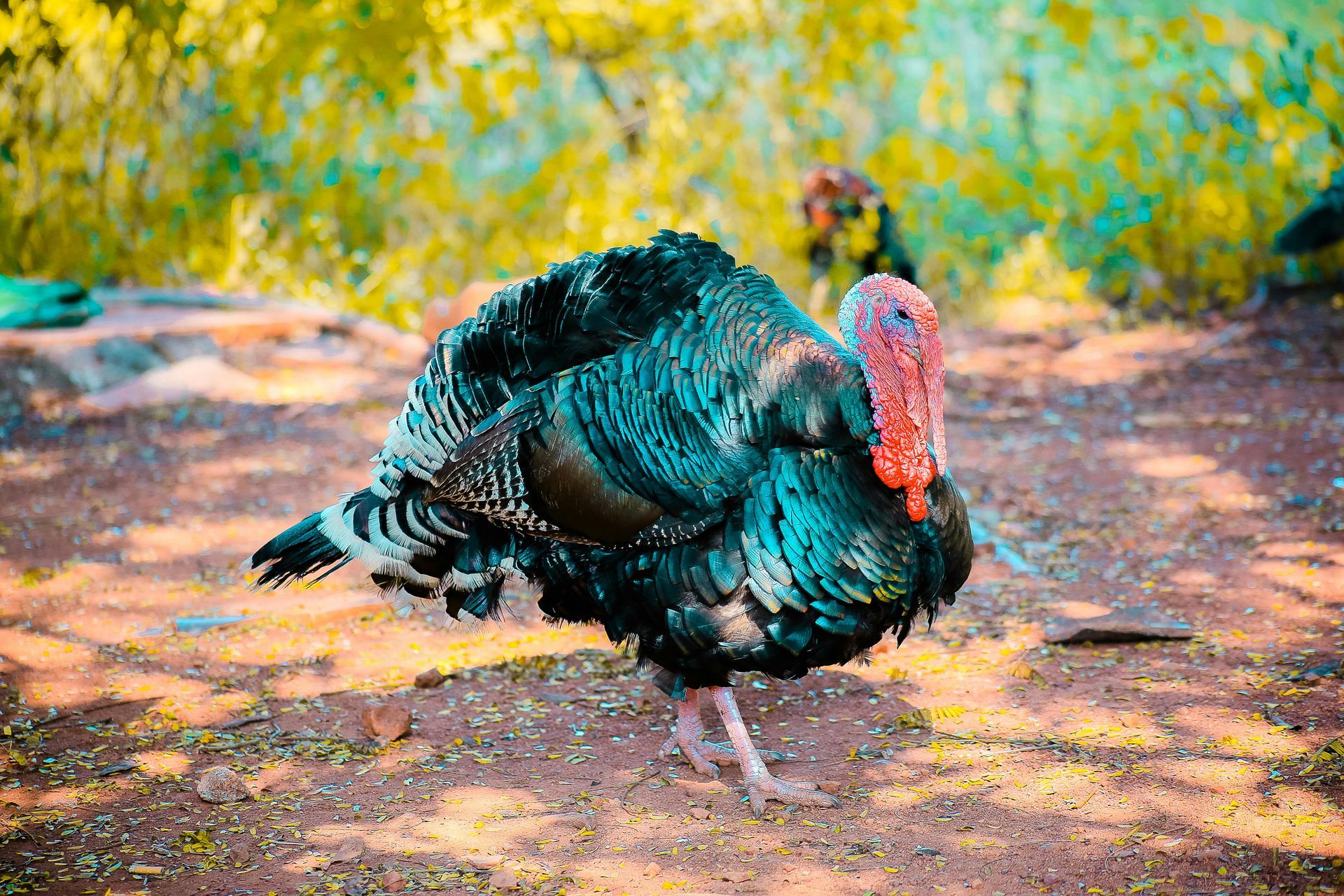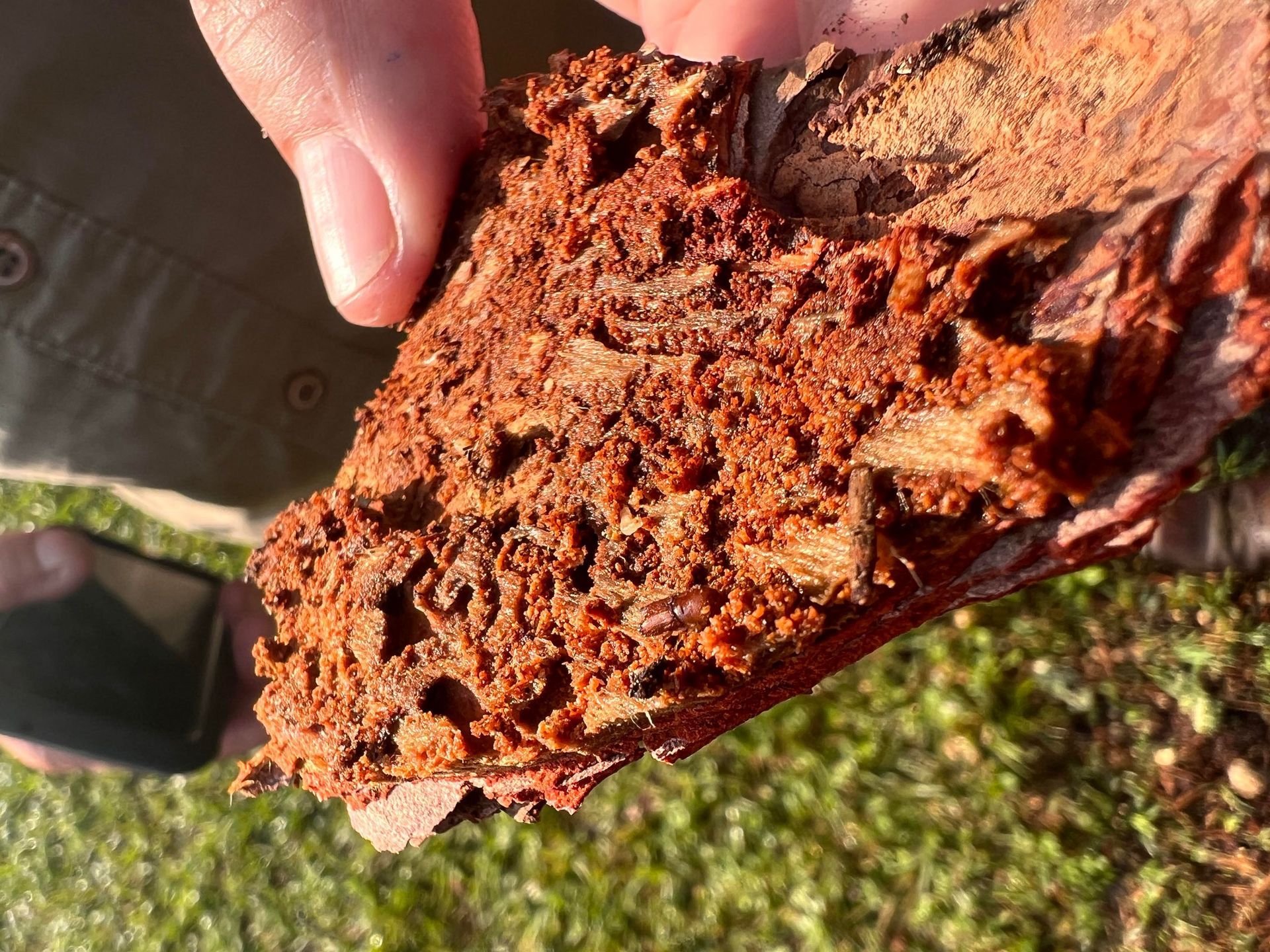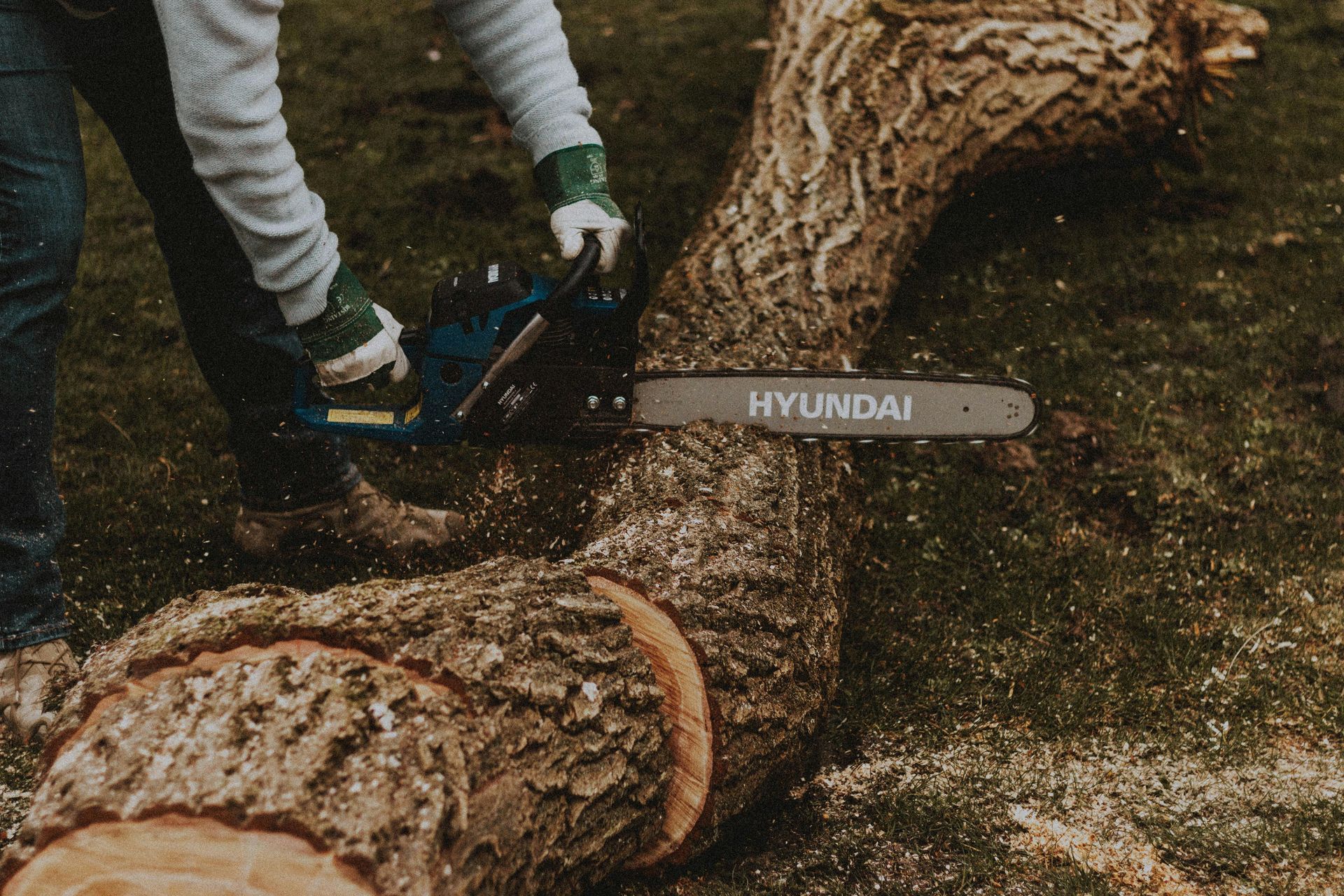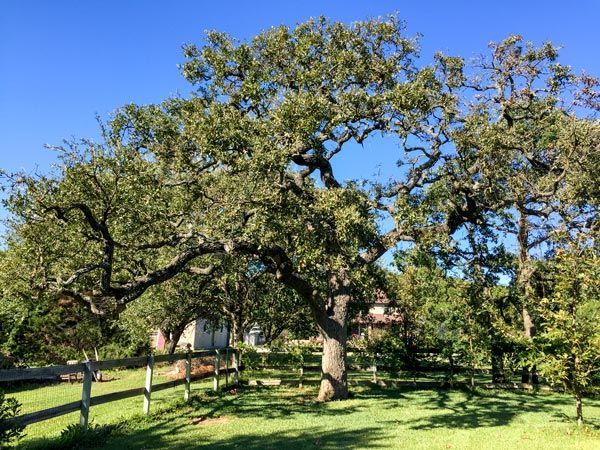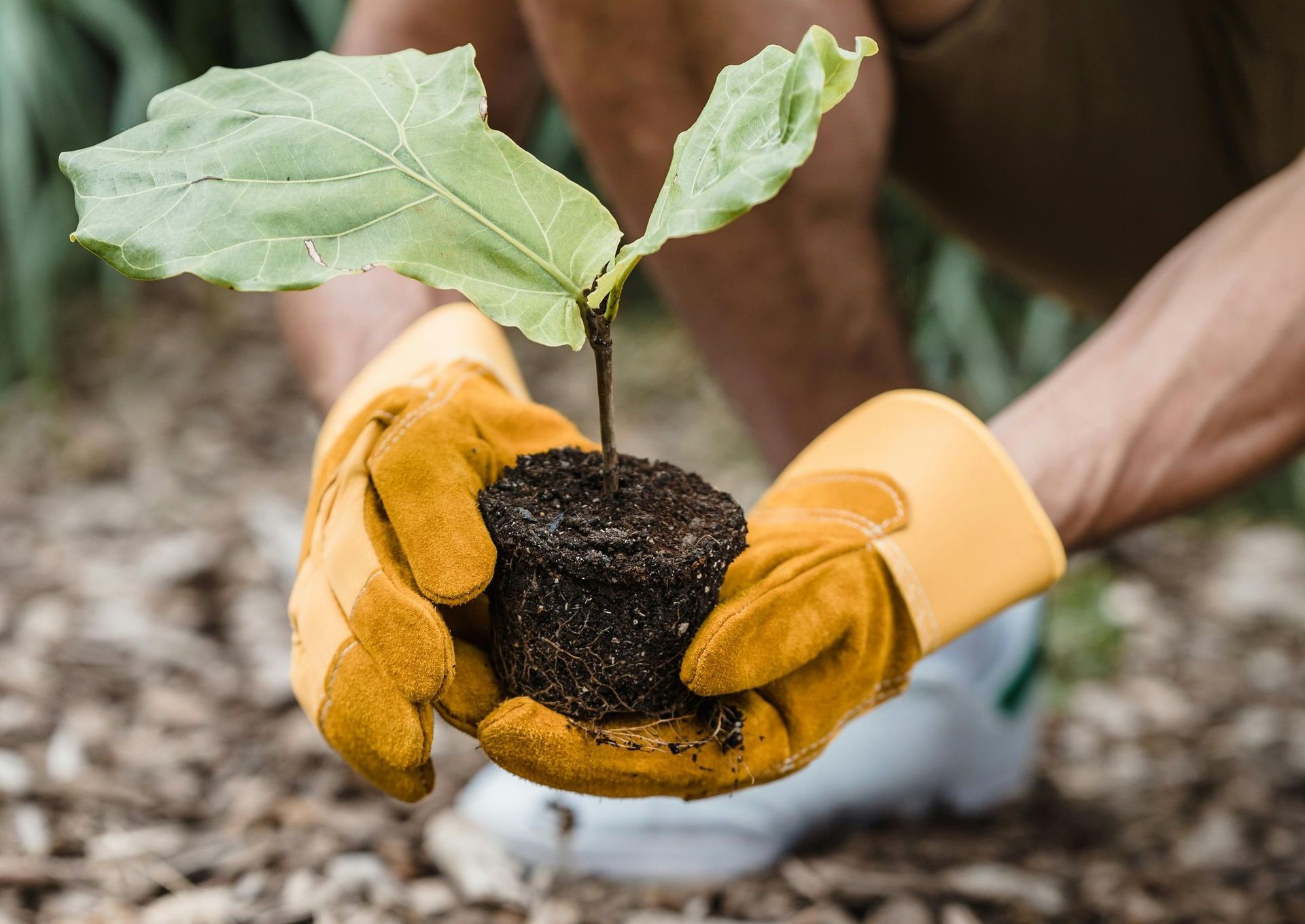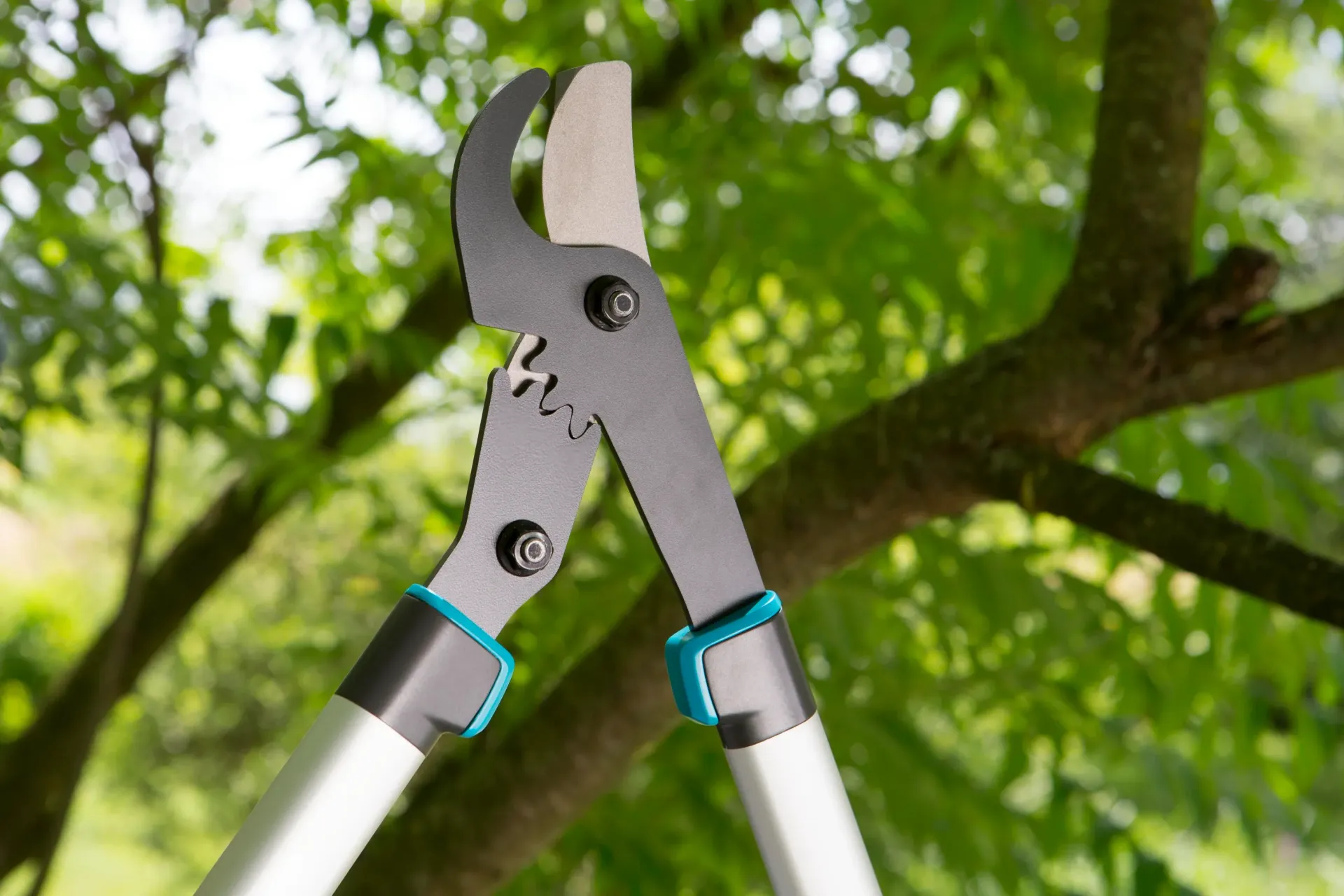Liriope’s Muse: Tree Care Tips from a Master Arborist
TRUSTED TREE CARE SERVICES SINCE 1970
Liriope's Muse: All you need to know about prepping your palm trees for a deep freeze
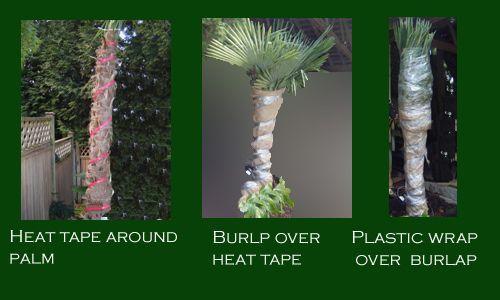
Prepping your palm trees this winter season, during freezing temperatures, is essential to ensure their survival. Palm trees are primarily made of water, so exposing them to direct freezing temperatures can result in severe root damage, stunted growth, damaged palm tissue in the trunk (The tissue responsible for transporting water through the tree’s trunk.), and ultimately the death of your palm tree in the years to come.
So, what proactive measures can you take to help your trees persevere this winter season? At Eric Putnam BCMA, Inc. the health of your trees is our top priority, that is why we’ve developed a 4–step plan to aid in heat and moisture retention to protect the trunk of your palms.
First, it is important to be familiar with what kind of palms you may have, as some are more susceptible to freeze than others and some cannot be effectively wrapped. If you find your tree to be susceptible to the freezing temperatures that we are projected to experience it is best that you wrap them. However, if your palm tree is tolerant to the temperatures we are experiencing it may not be necessary to wrap them, rather a biostimulant may just do the job to boost their vitality through the freeze. For example, if we are expected to see a low of 30*F and your palm tree is tolerant to 5*F wrapping your tree is not necessary. (We recommend that you preemptively wrap your palm if we are going to be experiencing temperatures 15*F or less from their tolerance level.)
Second, you will need to gather the following materials:
- Heater tape for plumbing (make sure there on plugs on either end so that they can be connected like Christmas lights around your tree)
- An insulating material of some kind. (moving blankets, sleeping bags, or burlap will do)
~ this layer is only necessary for temperatures below 15*F
- Duct tape to secure the insulating layer in place
- Plastic wrap (moving plastic, saranwrap, or any plastic of the nature will do)
We’ve developed the following formula to calculate just how much materials you are going to need for your unique tree requirements:
- Find your palm trunk median circumference in inches. ( you can do this by measuring the thinnest and the thickest parts of your tree adding the number together and dividing the total by two )
- Measure your tree's trunk height in inches.
- Multiply the height and circumference of the palm tree's trunk and divide by 4. (this is the course or distance between each wrap of the heater tape on the trunk.)
- Lastly, divide this number by 12 to find the feet of heater tape that your tree will be needing.
**Heater tape comes in a wide range of sizes from 25 – 150 feet so if your tree's requirements don’t fit perfectly into a size, it is always best to size up. For example, if your tree needs 37.8 feet of tape it would be best to size up to the 45 rather than down to the 30.
Third step, once you’ve gathered the materials needed for your specific palm tree it is time to wrap. Begin at the base and wrap the heater tape around the trunk leaving 3 – 6 inches between each round, or course. Next, wrap your tree tightly in an insulative layer and secure it with duct tape. (note, this layer is only necessary in temperatures 15*F and below) Lastly, the plastic layer. For this layer, it is important that you thoroughly wrap the tree overlapping each layer at least 3 inches to ensure no gaps. This layer protects the tree from convection and locks in its moisture.
The fourth and final step is the removal of your palm’s fronds. There are two temperatures that can affect your palm trees, one which kills the fronds and one which kills the whole tree and this varies from species to species. For example, if your specific palm species fronds die at 20*F and the tree as a whole would die at 5*F, it is essential to remove your palm's fronds if the temperature is expected to reach 20*F in order to conserve as much of the trees water as possible. This step is harmless to your palm as the fronds would die anyway and they would begin to grow back much quicker than if they were killed by freeze. Removing the palms fronds greatly reduces recovery time and can aid in the survival of your tree.
It is important that you understand what species of palm tree you have, each palm tree has different freeze tolerances and temperatures for palm frond death and palm tree death. If you are unsure of the species of your palm, we recommend using the app called ‘picture this’ to identify it. From there, you should research the different freezing points for your tree.
For example, with the Florida Sabal Palmetto, you will most likely never have to wrap this tree or remove its fronds as its freezing tolerance level is below -5*F.
If you have any questions regarding the species of your palm or would prefer us to wrap your palm tree(s) for you, give us a call and we can come out to give you a free estimate!
Liriope’s Muse - Expert Tree Care Tips
